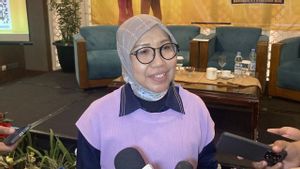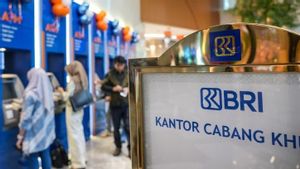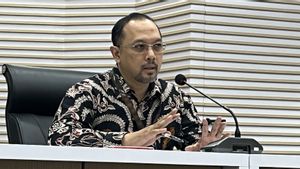JAKARTA - Senior Fellow Center for Indonesian Policy Studies (CIPS) Kartina Sury said, adequate financial literacy can help consumers understand and choose financial products according to their needs.
"Ensuring consumers understand financial products is very important because of the fact that there is a gap between financial literacy and financial inclusion. This gap can weaken their position," Kartina said as quoted by Antara, Wednesday, August 24.
He said the large gap between financial literacy and financial inclusion could weaken consumers in understanding information about financial products and services, as well as their risks and rights.
According to him, the financial literacy process also requires the availability of financial products that support the management of personal and family budgets for the short, medium and long term.
With financial literacy that teaches about goals, planning, and making financial decisions, he continued, it can answer individual needs and desires.
In addition, the increasing number of people who understand the benefits and risks of financial products can create an alignment of financial literacy and financial inclusion.
"The education process to spur financial literacy requires not only consistency in terms of implementation, but also public mapping," said Katrina.
Katrina explained that the content of financial literacy programs in Indonesia is still focused on short-term goals, such as dealing with debt and loan problems, as well as ensuring consumer access to legal and regulatory-compliant products.
Meanwhile, long-term issues related to improving consumer welfare, building a credit profile, managing credit exposure, and financial planning for a longer period of time have not been touched on.
He suggested that the Financial Services Authority (OJK) and the financial industry as a unit could improve the quality of financial literacy programs in terms of diversity, content, and delivery methods in the long term.
Then, comprehensive and systematic monitoring and evaluation of various financial literacy programs is also needed to determine the most impact and cost effective program.
The National Survey of Financial Literacy and Inclusion (SNLKI) shows the level of financial literacy is only 38.03 percent when financial inclusion has reached 76.19 percent in 2019.
The financial literacy gap also occurs between rural areas which is 34.53 percent and urban areas which is 41.41 percent.
The English, Chinese, Japanese, Arabic, and French versions are automatically generated by the AI. So there may still be inaccuracies in translating, please always see Indonesian as our main language. (system supported by DigitalSiber.id)













